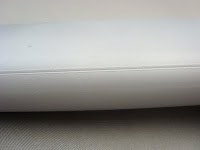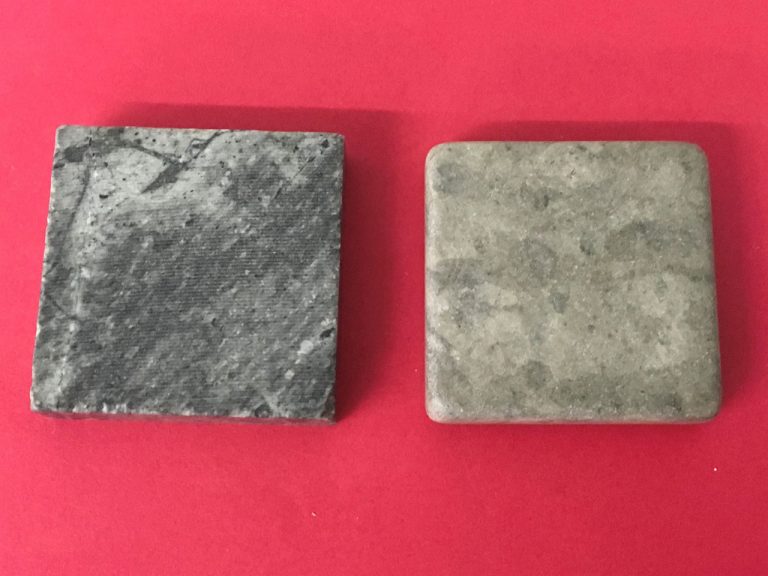A Detailed Guide on The Top Methods of Metal Finishing
Sanding
The process of rubbing a surface with abrasive material, such as sandpaper, is a common method of surface finishing. Coarse grit removes material quickly, while finer grit will give your surface a cleaner polish. Aluminum oxide sandpaper or silicon carbide sandpaper is best used for polishing metal. Use water to cool down the surface and reduce the amount of dust created.
Ultrasonic Polishing
Ultrasonic polishing uses a soft, fine-tipped tool mounted on an ultrasonic spindle. The tool operates at a speed of 21,000 to 25,000 strokes per second. With this technology, the polisher is able to complete precise control on finishing fine details of a metal product. The tips do not actually touch the metal. Instead, it releases a pressure wave that safely creates a fine surface polish.
Tumbling
During the tumbling process, loose abrasive media are placed in a chamber along with the products to be finished. The combination is then rotated and/or vibrated, mixing everything together. The process of rubbing abrasives amongst metal objects removes cleans the product’s surface, removes machining marks and scratches, and eliminates burrs and sharp edges.
Magnetic Polishing
If your product has deep holes or grooves, magnetic polishing is a popular method of metal finishing. This process is slightly similar to tumbling, however, it uses magnetized particles instead of abrasive media. A focused magnetic field forces the particles against the hard-to-reach surface. This process is especially helpful in the production of jewelry.
Sandblasting
Sandblasting blasts abrasive media under high pressure. This metal finishing technique uses either air or water to blast the particles out. This provides a smooth, clean finish. The mixture of particles travels through a nozzle and directs them onto the metal piece. Different media types will result in a wide range of possible surface finishes.
Lapping
Lapping requires a soft iron tool and mild abrasive to slowly work the surface of a metal piece with random, light, non-linear motions. This process is done entirely by hand, making it quite time-consuming, but it is ideal for achieving refined flat metal surfaces.
Filing
A hard steel file is sometimes used during metal finishing. This process is relatively inexpensive but requires the work to be done by hand. Files come in various sizes and shapes of teeth. Depending on how coarse the teeth are, you can remove metal surface material relatively quickly.
Kramer Industries has been serving our valued customers for over 100 years. In that time, we’ve learned a thing or two about the popular method of metal finishing. If your project could use an expert’s help, or if you are simply looking for the best piece of equipment to use, contact Kramer Industries today.



